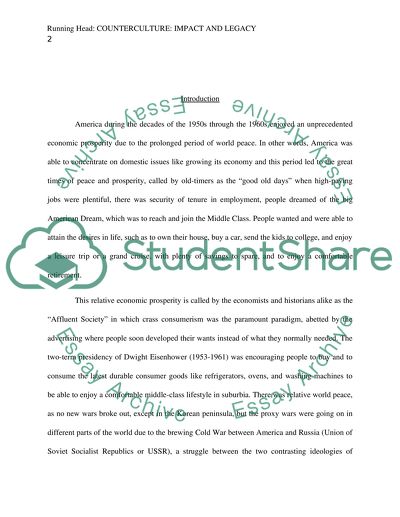Cite this document
(“Counterculture: Impact And Legacy Essay Example | Topics and Well Written Essays - 1250 words”, n.d.)
Counterculture: Impact And Legacy Essay Example | Topics and Well Written Essays - 1250 words. Retrieved from https://studentshare.org/history/1478852-counterculture-impact-and-legacy
Counterculture: Impact And Legacy Essay Example | Topics and Well Written Essays - 1250 words. Retrieved from https://studentshare.org/history/1478852-counterculture-impact-and-legacy
(Counterculture: Impact And Legacy Essay Example | Topics and Well Written Essays - 1250 Words)
Counterculture: Impact And Legacy Essay Example | Topics and Well Written Essays - 1250 Words. https://studentshare.org/history/1478852-counterculture-impact-and-legacy.
Counterculture: Impact And Legacy Essay Example | Topics and Well Written Essays - 1250 Words. https://studentshare.org/history/1478852-counterculture-impact-and-legacy.
“Counterculture: Impact And Legacy Essay Example | Topics and Well Written Essays - 1250 Words”, n.d. https://studentshare.org/history/1478852-counterculture-impact-and-legacy.


